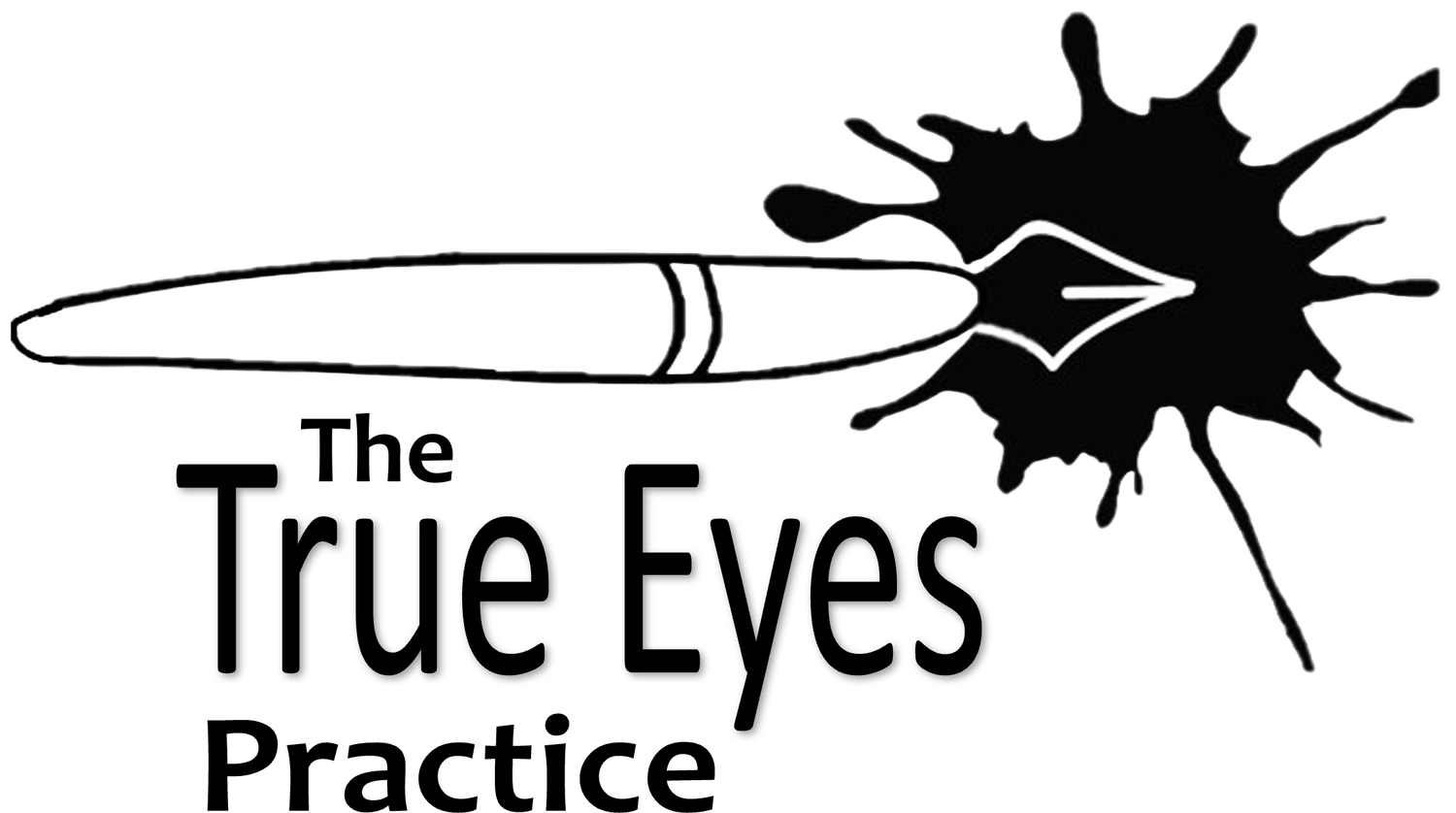Is Your Creative Business Really “Real?”
We often have ideas that we carry around in our heads about how things are supposed to look. If you have a creative practice that you've turned into a creative business, you may worry that it's not "real" because you're not doing this or that yet. In case you didn’t read last week's blog about those ideals we all carry around, I just want to re-emphasize the point that no one, and I mean no one, lives up to that list in their heads. Even Barack Obama.
I have many of these ideals in my own head ranging from how I should look, how much money I should have, to how often I need to wash my car. You can probably add some lists of your own.
One of the things I've beat myself up with is how my business should look.
What does having a "real" creative business look like?
Number one on this list of what it takes to have a real business is that it must support me completely. I’m not allowed to have any other means of support. The business has to do it all.
Interestingly, that’s not my situation, though. That's probably why I sometimes feel like I'm not living up to my ideals. Maybe you have some similar ideas.
I thought it might be worthwhile to list what it means to have a real business, in case you have some lists in your head about what you’re doing and whether it is “real” enough.
A list of what makes your creative business a real business
1. Sell something. Be clear about what it is and why someone should buy it.
2. Understand who needs it. Who are they? Where do I find them and how do I talk to them so they know I have what they’re looking for?
3. Talk to them regularly.
4. See if the talking is working by looking at whether enough people are attracted and buying to make the business worthwhile to you.
5. Get feedback from the people who buy it and if possible, the ones who don’t, and adjust what you make, how you talk about it, and who you talk to.
How many of these are you doing already? And how many can you start doing?
Do "real" creative business owners do market research first?
A dyed-in-the-wool business person would also say this. Before starting, do market research to see if people want what you’re doing before you invest heavily in it.
Although that's probably sage advice, Steve Jobs never did that. You might be like him, especially if you’re an artist making things that haven’t been seen before.
If that’s you, do what Seth Godin and many other savvy business people suggest and start small. Keep at it to see if you can put together the smallest viable audience--the smallest number of clients you need to keep going.
This is the “simple formula for success“ for any business, including a creative business.
Simple, of course, doesn't mean easy
If you’re starting to make something with your creativity and you need help because you want to see if you can make it into a “real” business, Let’s chat.
Your work matters.
Let's make your business a reality...together
If you look around you and see wild, creative possibility, I can help you make that into inspired, profitable reality. Or even into a “real” business. If this is something you have been yearning for, but didn’t know where to start, book a 15 minute chat with me and we’ll figure out what’s next.
